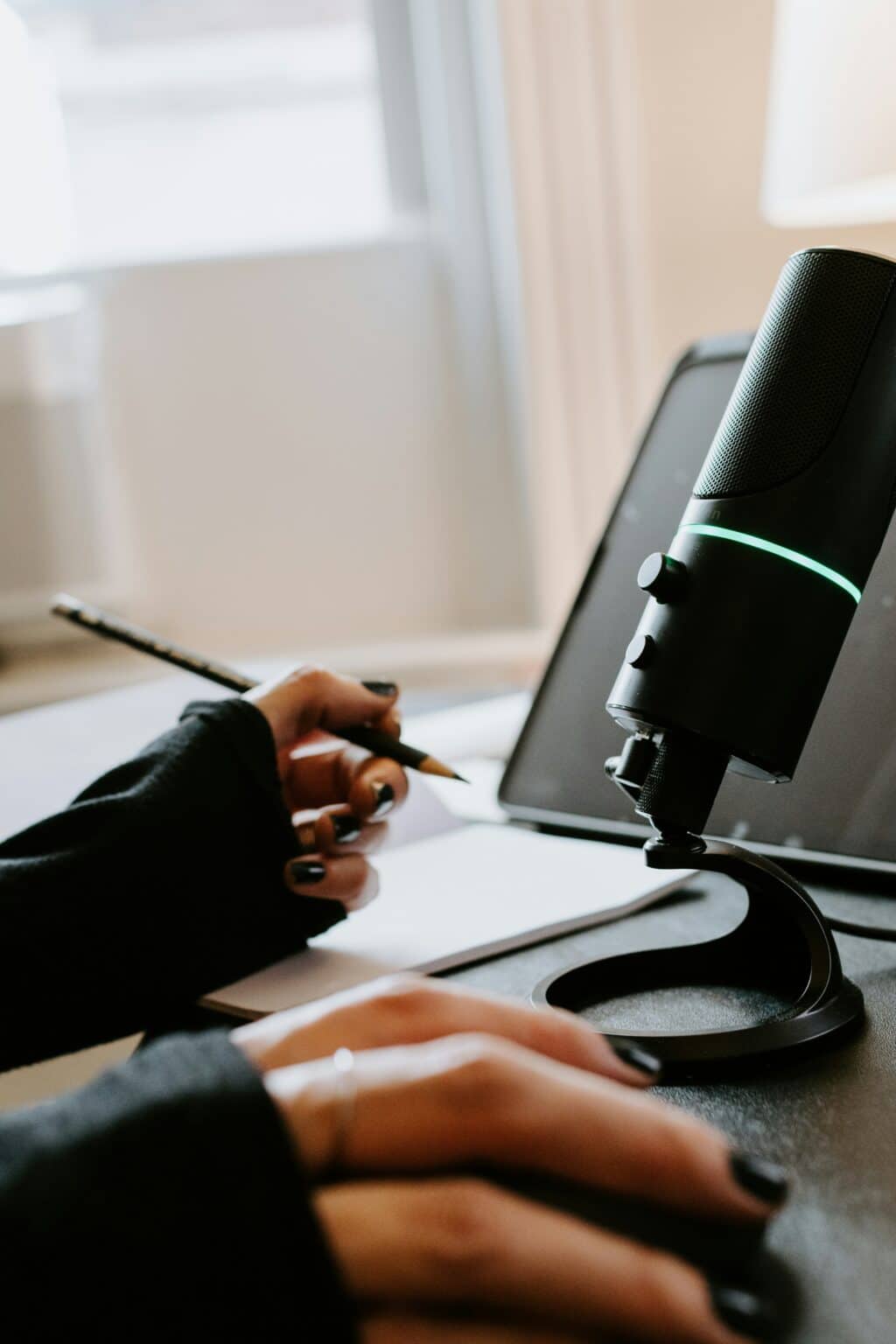Influencer partnerships aren’t just for business-to-consumer (B2C) businesses in today’s digital landscape. Surprisingly, they’ve become crucial to business-to-business (B2B) marketing strategies.
For example, influencers on social media, in particular, can be a great way to boost your B2B search engine optimization (SEO) strategy because they can promote your content and help it rise in search engine rankings.
By collaborating with industry thought leaders, you can tap into your robust network and establish trust within niche markets. With their specialized knowledge and peer credibility, influencers bridge the gap between companies and their target audiences, particularly during the self-directed research phases where buyers seek authentic insights.
Engaging in B2B influencer marketing can yield an impressive ROI, outperforming traditional marketing channels, like direct mail campaigns and print ads. By leveraging the reach and credibility of trusted voices within your industries, you can effectively build brand visibility and enhance your reputation.
Choosing the wrong influencer can negatively impact your brand image and ROI. Therefore, it’s essential to carefully evaluate potential influencers, watching for these warning signs that may indicate a poor fit for a brand partnership.
IMAGE: UNSPLASH
Inconsistent Content Quality And Messaging
Consistency in content style, tone, and quality is vital for building trust with your audience. An influencer’s content should align with your brand’s messaging to maintain credibility and engagement.
Consistency in digital marketing, especially content marketing, is necessary to drive more B2B sales and foster long-term client relationships.
Comb through the existing content of the influencer you’re considering partnering with, and if these red flags exist, they may not be a good fit.
- Drastic shifts in content themes: If the central topics or ideas that guide their content creation and organization are all over the place, the influencer may not have a strong niche and, therefore, may not have the influence you need them to have.
- Drops in content quality: It isn’t a good sign when every other piece of content is low-quality and thrown together, and the reason is they “just need to get something out.”
- Posts that deviate significantly from the influencer’s usual content: This may mean they’re transitioning out of a certain style or niche and into a new one. Or that they’re no longer creating original content themselves.
Inconsistent content can damage your brand’s reputation if associated with an influencer who frequently changes their message or presents low-quality work. So, again, review the influencer’s past work to ensure their content aligns with your brand’s values and maintains a high standard of quality.
Paid Follower Surges And Engagement Red Flags
The most successful influencers pride themselves on having genuine followers who engage with their content. Authentic engagement is critical for influencer marketing success and establishing credibility with your audience.
Sudden spikes in follower counts without corresponding increases in engagement may indicate the use of paid followers, which can undermine trust in your brand. Genuine interaction between influencers and their audience is more valuable than inflated follower numbers.
Here are the warning signs of inauthentic engagement.
- High follower counts with low engagement rates: They’ve got 100,000 followers, but each post gets 50 likes and two comments.
- Bot-like comments: The few comments they do get are something like, “Hey! This post is so cool! DM us for a collab.”
- Sudden, unexplained spikes in followers: If on one day their follower count is 1,000 and the next it’s 50,000.
You can use tools like Social Blade or HypeAuditor to check out an influencer’s growth patterns and interactions to verify their authenticity. Ensure the influencer’s audience is genuinely interested in the content and likely to engage with your brand’s message.
Misaligned Or Irrelevant Brand Partnerships
An influencer’s previous brand partnerships can help you gauge their values. Endorsing products or services that contradict your brand’s principles can dilute credibility. For instance, if your company values sustainability, partnering with an influencer who frequently promotes unsustainable products may not be ideal.
Red flags to consider include:
- Promotions that contradict your brand’s values: If you’re all about modern technology and the influencer is promoting everything but that, they’re probably not a good fit.
- Endorsements of unrelated industry products: If an influencer is endorsing any and every product, chances are they aren’t specific to your industry.
It’s important to seek influencers who share similar industry standards and values. Consider using your employees as influencers, as they are sure to align with your brand’s core values and can reinforce your brand’s authority and trustworthiness in the market.
Conclusion
When vetting potential influencers for B2B brand partnerships, it’s crucial to monitor key red flags, including inconsistent content, unnatural follower growth, and irrelevant partnerships. Conducting thorough due diligence ensures authenticity and alignment with your brand’s values and audience.
Building long-term relationships with influencers who resonate with your target audience enhances credibility and fosters deeper connections and engagement.
By carefully selecting influencers who align with your brand’s goals and values, you can maximize the benefits of influencer marketing and drive meaningful results for your business.
IMAGE: UNSPLASH
If you are interested in even more business-related articles and information from us here at Bit Rebels, then we have a lot to choose from.


COMMENTS